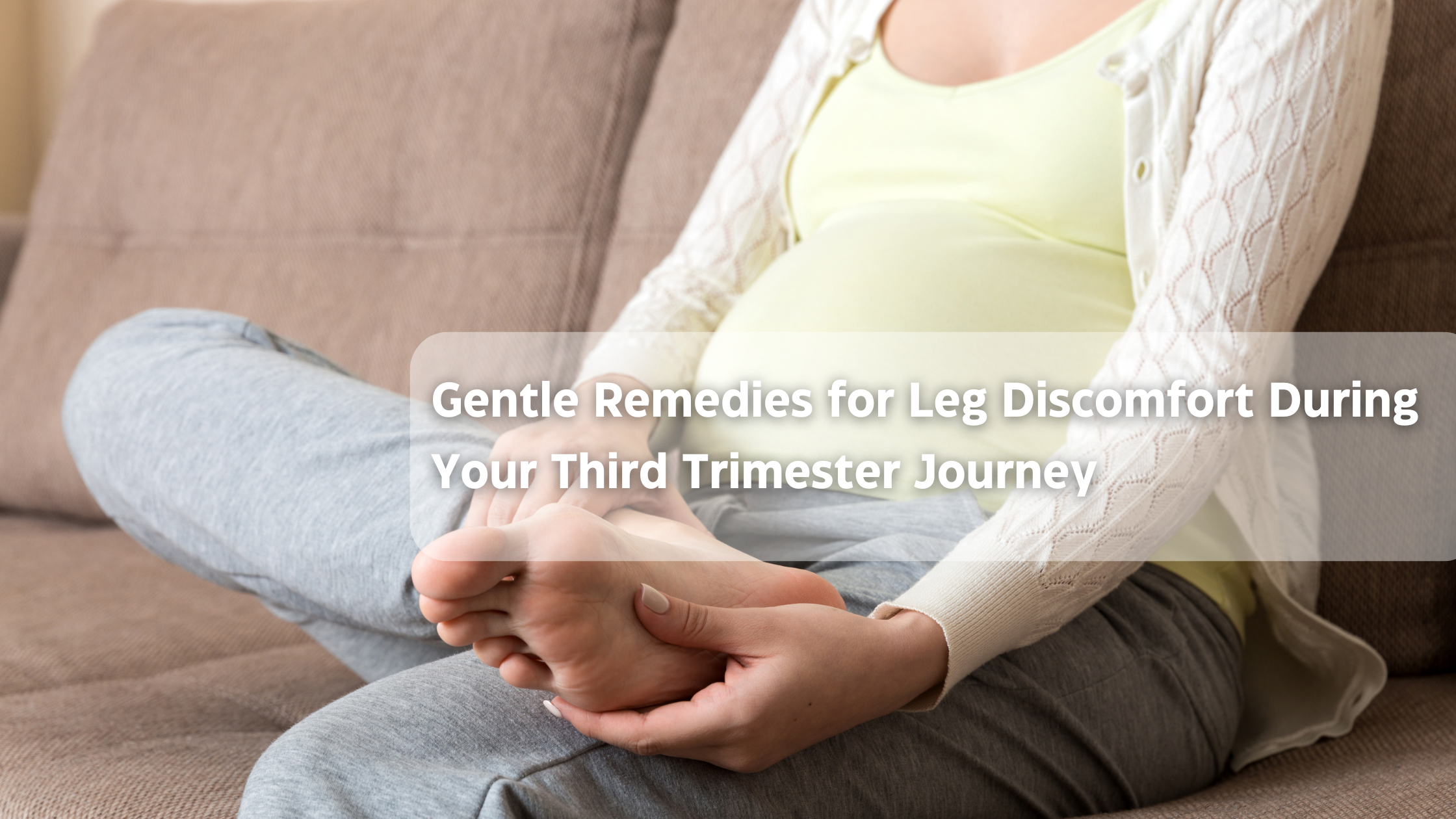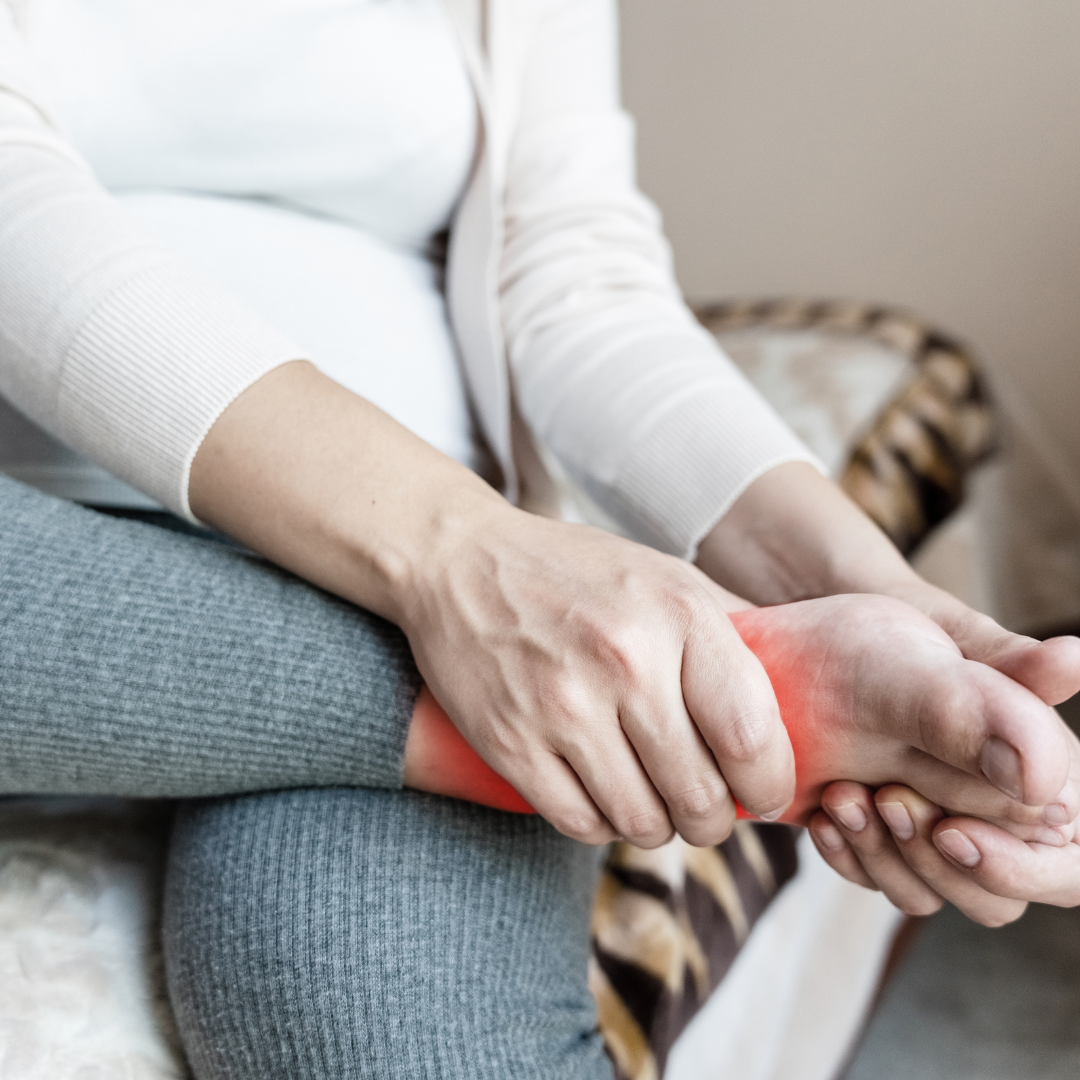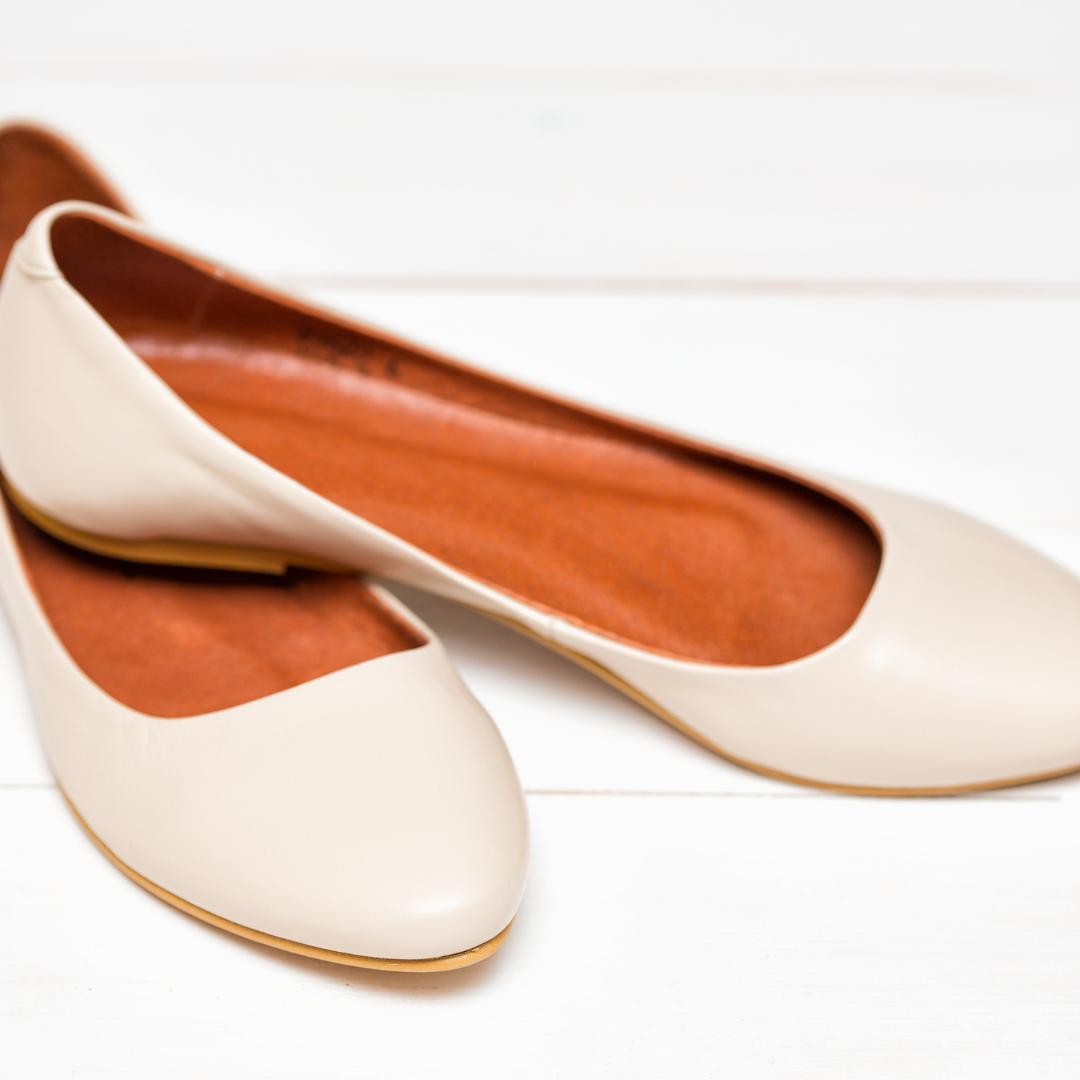Gentle Remedies for Leg Discomfort During Your Third Trimester Journey
UNDERSTANDING LEG PAIN IN THE THIRD TRIMESTER

WHAT CAUSES LEG PAIN IN PREGNANCY?
Leg pain during the third trimester of pregnancy is a common concern, often caused by the extra weight and pressure from the growing baby. This added pressure can compress blood vessels and nerves, leading to discomfort, swelling, and pain in the legs. Hormonal changes also loosen joints, making them less stable and increasing strain on the lower limbs. Additionally, poor circulation and the shift in the body’s center of gravity can affect posture and walking patterns, placing further stress on leg muscles and joints.
COMMON SYMPTOMS OF LEG DISCOMFORT
During the third trimester, many women experience a range of leg discomforts such as aching or throbbing pain, nighttime cramps, swelling in the feet and ankles, and restless leg syndrome. These symptoms can vary in intensity, from mild to severe, and may be intermittent or persistent. Each pregnancy is different, so some women may experience several symptoms at once, while others might only notice one or two.

HOW LEG PAIN CAN AFFECT YOUR DAILY ROUTINE
Leg pain in the third trimester can significantly affect your daily routine and overall well-being. Simple activities like walking, standing, or completing household chores may become more difficult and tiring. Discomfort while sitting or lying down can interfere with rest, and frequent leg cramps or restless legs may disrupt your sleep, leading to daytime fatigue. Reduced mobility can also limit your ability to stay active or enjoy social activities, which may impact on your mood and emotional health during this important stage of pregnancy.
PROVEN NATURAL REMEDIES FOR LEG PAIN RELIEF
The Role of Stretching and Exercise
- Calf stretches: Stand facing a wall, place your hands on it for support, and step one foot back while keeping it straight. Bend your front knee and lean forward to stretch the calf muscle in the back leg. This helps relieve tension and reduce cramps.
- Ankle rotations: While sitting, lift one foot off the ground and slowly rotate your ankle in circles, first clockwise and then counterclockwise. This gentle movement boosts circulation and helps prevent swelling.
- Walking: Taking a short walk each day keeps your blood flowing, reduces stiffness, and strengthens leg muscles. It’s a simple way to ease discomfort and stay active during pregnancy.
- Swimming: Being in the water supports your weight, easing pressure on your legs and joints. Swimming or even light water exercises can improve circulation, reduce swelling, and soothe sore muscles.
THE BENEFITS OF A BALANCED DIET AND HYDRATION
· Vitamin C-rich foods: Citrus fruits, berries, and bell peppers promote healthy blood vessels and improve iron absorption, which supports circulation and reduces discomfort.
· Hydration: Drinking 8–10 glasses of water a day helps flush out toxins, reduces swelling, and keeps muscles hydrated, minimizing cramps.
· Limit salt and sugary drinks: Reducing salt intake prevents fluid retention, while avoiding sugary and caffeinated drinks helps maintain proper hydration and prevents swelling.
· Healthy eating habits: Eating small, frequent meals stabilizes blood sugar levels, which can reduce fatigue and lower the risk of leg cramps during pregnancy.
MASSAGE AND ACUPRESSURE: A SUPPORTIVE APPROACH
Massage and accuracy can provide relief from leg pain during pregnancy. These techniques improve blood flow and reduce muscle tension.
- Use gentle, circular motions on your calves and feet
- Ask your partner or a professional for help
- Use pregnancy-safe oils or lotions for comfort
Some helpful points for leg pain include:
- The inside of your ankle, about three finger-widths above the bone
- The outer side of your lower leg, about four finger-widths below the kneecap
- The center of your calf muscle
ADDITIONAL SUPPORTIVE MEASURES FOR LEG PAIN MANAGEMENT
The Importance of Regular Prenatal Appointments
Regular prenatal check-ups in the third trimester are essential for monitoring both your health and your baby’s development. These visits allow your doctor to assess any leg pain you're experiencing, check for swelling or high blood pressure, and offer safe pain relief options. It's important to report any sudden or severe changes, as they could signal more serious conditions like deep vein thrombosis. Keeping a symptom diary can help your healthcare provider understand your pain patterns and provide targeted advice. Don’t hesitate to reach between appointments if you have concerns, timely support is key to a healthy pregnancy.
Wearing Comfortable and Supportive Footwear
Wearing the right footwear during pregnancy can greatly help manage leg pain and reduce swelling. Opt for low-heeled or flat shoes that fit well, offer good arch support, and are made from breathable materials to ensure comfort throughout the day. Avoid high heels or tight shoes, as they can worsen discomfort and restrict circulation. Compression stockings can also be helpful in improving blood flow and minimizing swelling. At home, try to elevate your feet whenever possible, and if you need to stand for long periods, shift your weight often and take breaks to rest. These small adjustments can make a big difference in easing leg pain during the third trimester.

Embracing Mental Wellness and Finding Relief in Meditation and Yoga
- Reduce stress and promote relaxation: Practices like prenatal yoga, deep breathing, or meditation help calm the mind and body, easing tension that can contribute to leg discomfort.
- Improve sleep quality: Relaxation techniques and gentle exercises can help you unwind before bed, reduce leg cramps, and promote more restful, uninterrupted sleep.
- Increase body awareness: Mindfulness and prenatal movement classes can help you become more aware of your posture and muscle use, allowing you to adjust habits that may cause or worsen leg pain.
- Provide gentle stretching for leg muscles: Activities like prenatal yoga or stretching routines keep leg muscles flexible and reduce stiffness, helping to prevent cramps and relieve soreness.
Leg pain is common in the third trimester due to extra weight, hormonal changes, and poor circulation, leading to symptoms like cramps, swelling, and restless legs. Gentle exercises, stretching, swimming, and walking can relieve discomfort, while a balanced diet rich in potassium, magnesium, calcium, and vitamin C supports muscle health. Staying hydrated, wearing supportive footwear, using compression stockings, and elevating your feet can also help. Regular prenatal check-ups ensure proper monitoring, and relaxation techniques like prenatal yoga and meditation reduce stress, improve sleep, and enhance overall well-being during pregnancy.
